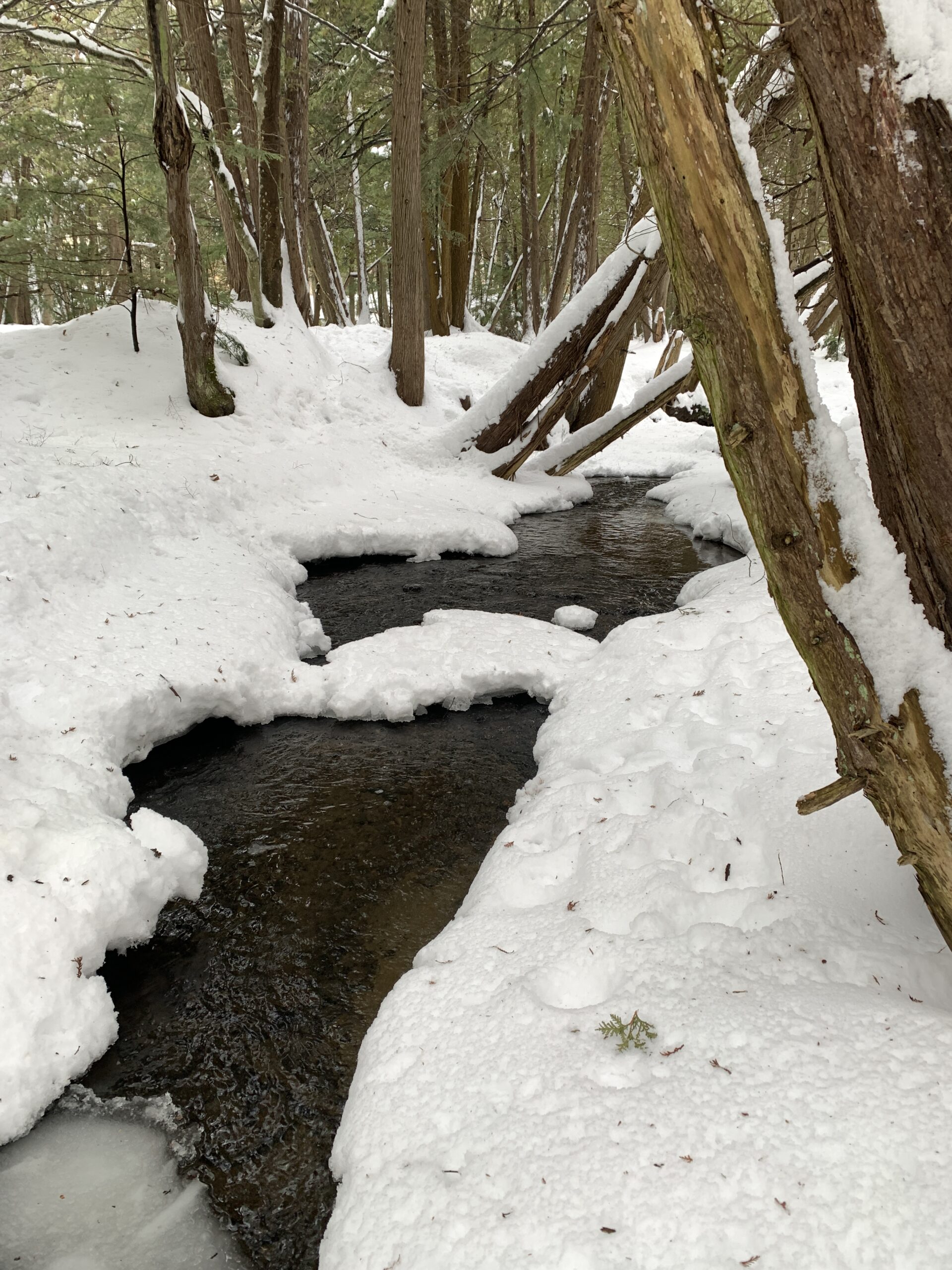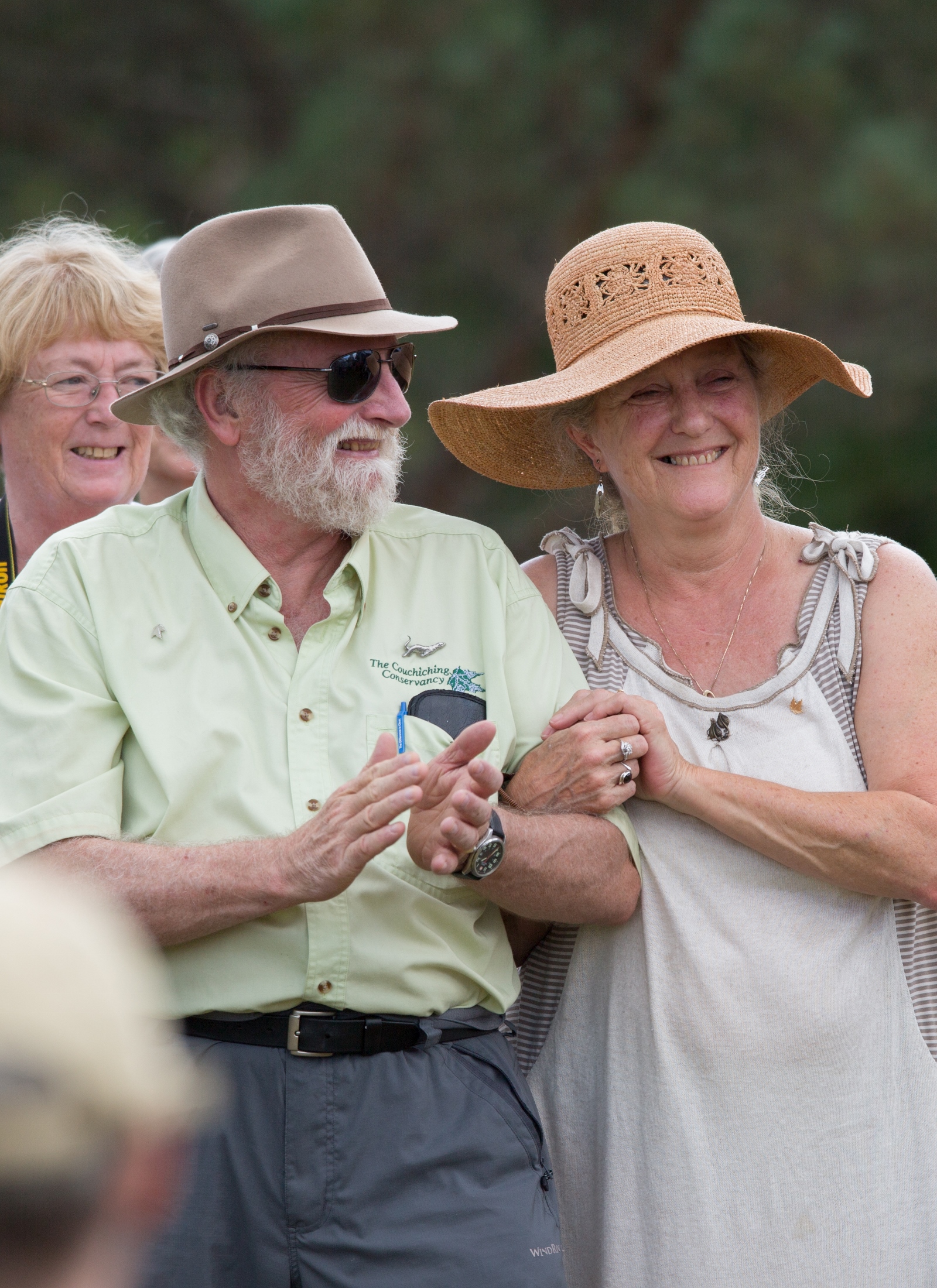Land Donation
The Couchiching Conservancy is fortunate to receive donations of land or conservation agreements from generous landowners who want to ensure local landscapes are protected. The Conservancy accepts donations of land in fee-simple donations (i.e., title). The value of the donation for receipt purposes is based on the appraised value which is determined by an independent AACI-certified appraisal.
The Couchiching Conservancy invites inquiries about potential donations. Due to limited resources, we must assess and prioritize potential land donations to ensure that they fit within our programs and science-based priorities. For more information on donating land, please contact our office at 705-326-1620.
Conservation Agreement
Conservation agreements allow private landowners to continue to own and use their land and even to sell it or pass it on to heirs, while protecting the natural values of the property.
A conservation agreement (sometimes called a conservation easement, covenant or servitude) is a voluntary, legal agreement between a landowner and conservation organization that permanently limits uses of the land in order to protect its natural values.
Each conservation agreement’s restrictions are tailored to fit the particular property, the natural features to be protected and the interest of the landowner.
A conservation agreement restricts the activities on the subject land (or part of the land).
The Couchiching Conservancy invites inquiries about potential easements. Due to limited resources, we must assess and prioritize potential easements to ensure that they fit within our programs and science-based priorities. For more information, please contact our office at 705-326-1620.
How does it work?
The conservation organization, with the help of the landowner, determines the conservation targets and develops restrictions to prevent activities that could negatively impact those values. For example, if the purpose of the agreement is to protect a large tract of forest, the restrictions may be developed to prevent subdivision of the property and/or the removal of certain native vegetation species.
Conservation agreement restrictions may apply to a landowner’s entire property or just the portion containing the significant natural features.

Scout Valley Environmental Heritage Park Conservation Easement spans 228 beautiful acres. An agreement was formed with the City of Orillia in 2007 who continues to own and manage this popular destination for passive recreation. (S. Vessios)
What happens once the agreement is signed?
One of the keys to guaranteeing the integrity of these agreements is The Couchiching Conservancy’s commitment to monitoring each term of each conservation agreement on a consistent basis. This plays a critical role in detecting unauthorized changes in the agreement lands, to ensure that lands are being maintained in accordance with the terms of the agreements and to identify and address any violations of the agreements as early as possible.
In addition, the Conservancy recognizes that regular and consistent monitoring serve to proactively understand and/or discover pending or contemplated actions by landowners that may impact the conservation agreements in the future.

Ron Reid Nature Reserve came under permanent protection in 2017. Hundreds of donors quickly rallied to ensure we could purchase the property, including a major contribution by the Government of Canada's Natural Areas Conservation Program.
Ron, pictured above with his wife Janet, is one of the founders of The Couchiching Conservancy and our first Executive Director. He has made a lasting contribution to the land trust movement in our region, in Ontario, and beyond. (C. Curran)
Once the property is protected:
Going through the process the protect a property requires a number of steps – a baseline data report, assessment, guidelines, meetings with the landowners and more. Once everything is finalized, the work to protect and steward these places begins. One of the first steps is to write a Property Management Plan (PMP).
What type of information is included in a PMP?
- Summary of property including location, size, details on protection, biodiversity values, threats, goals and objectives
- Detailed background information on how property was protected, who contributed to protection financially, broader context landscape (nearby protected places), etc
- Ecological Features, including soil, hydrology, life sciences (landscape ecology, plants, wildlife), as well as social context (recreational uses, adjacent land uses, legal arrangements)
- Mapping and details of Ecological Land Classification community types which shows the habitat types (such as fresh – moist hemlock – hardwood mixed forest or dry – acidic open rock barren) that exist within the property boundaries
- Species at Risk
- Stewardship Program is a detailed record of goals, objectives, threats as well as a five year strategy to support landscape
- Threats could include invasive species, climate change, trespass and habitat destruction, and more
Strategies include management, research & monitoring, outreach, communication and admin. Specific steps are then prioritized and identified by who will take those steps.
American Friends:
If you are an American, looking to donate lands owned in Canada, please speak to us, or our partner, American Friends of Canadian Conservation. We can help guide you through the process and benefits of a cross-border donation of land or funds.
